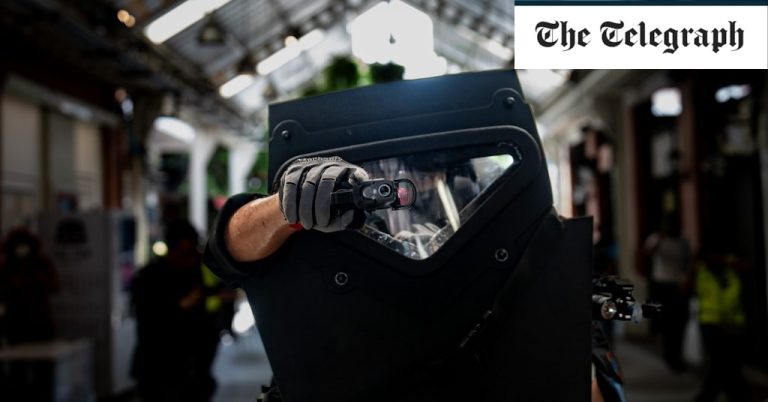Recent incidents include a teenager killing two people in a shooting spree at a high-end shopping centre in October, the death of a teacher caught in gang-related crossfire at a bus stop in November, and a 17-year-old’s murder in a drive-by shooting in February.
Getting hold of a gun is relatively easy in Thailand, even for teenagers. Although you have to be over 20 to secure an official permit – which costs as little as five baht (10p) – the second-hand market is flooded with firearms from the military, police and civil servants, who do not need to return some of their weapons when they retire.
“They can sell the guns on the black market or even put them in the pawn shops… and that’s how a lot of guns get to the wider public,” said Dr. Boonwara Sumano, head of social development at the Thailand Development Research Institute.
Some people even make their own “Thai-style homemade guns with supplies from motorcycle repair shops, which are widely available,” she added.
The result is that there are 10.3 million guns in the country of 71 million, according to the small arms survey. Pakistan is the only country in Asia with higher firearm ownership rates.
“People are increasingly fed up,” said Dr. Sumano. “A lot of people around me are angry about a lack of action.”
Police and the government did not respond to a request for comment. Last year, a police spokesman told AFP that the “education institution should be more responsible,” and the gang violence “only concerns us if it impacts citizens.”
‘It’s about survival’
Aof chose the route most of his peers use – he bought one second-hand, purchasing a Smith and Wesson .38 revolver via Facebook. He learned to use it during weekly, clandestine training sessions at college, where fighting skills were passed from one generation of students to another.
Gang memorabilia – including jackets, belt buckles, and rings emblazoned with the vocational school’s logo – were also passed down, used to mark out status and performance in the “military training” sessions. The older the item, the more “sacred” it was deemed.
Aof insists that the training was purely “about survival and self-defence,” but he admits it also “felt good” to fight.
His story is a typical one for Thailand’s teen gang members, most of whom attend vocational colleges.
